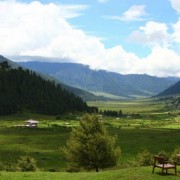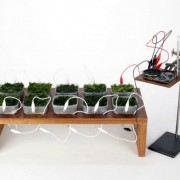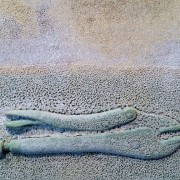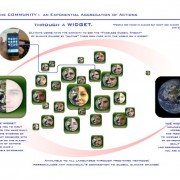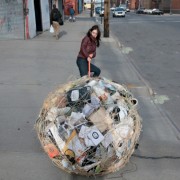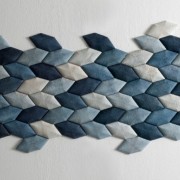
Back in 2009, the country of Bhutan made a hefty promise to remain carbon neutral for the rest of time. In an inspiring TED talk by Tshering Tobgay, it is revealed how this little country tucked deep within the Himalayas, and sandwiched between the two super powers of China and India, has not only kept its promise, but today stands as the most carbon negative country in the world. Blessed with a lineage of enlightened monarchs, Bhutan has consistently balanced national economic growth with cultural preservation, environmental sustainability, and social development. (source).
[easy-share buttons=”facebook,twitter,linkedin,mail” counters=0 native=”no” image=https://live-ehc-english-ucsb-edu-v01.pantheonsite.io/wp-content/uploads/2016/03/tobgay.jpg url=https://live-ehc-english-ucsb-edu-v01.pantheonsite.io/?p=12760 facebook_text=Share twitter_text=Tweet linkedin_text=Link text=”Carbon Neutral Bhutan”]

